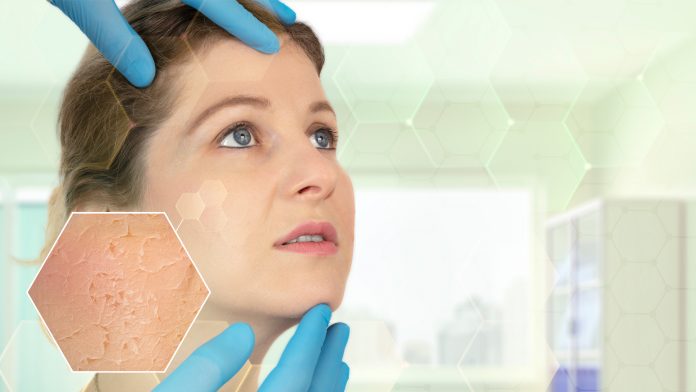
A new Artificial Intelligence tool has been developed that can help medical professionals with diagnosing skin conditions.
A new deep learning-based Artificial Intelligence (AI) algorithm has been developed by researchers in Korea that can help doctors and clinicians with diagnosing skin conditions thanks to its ability to accurately classify cutaneous skin disorders, predict malignancy, suggest primary treatment options.
The study, which is published in the Journal of Investigative Dermatology, showed that with the assistance of this system, the diagnostic accuracy of dermatologists, as well as the general public, was significantly improved.
Distinguishing conditions
It is not always easy to distinguish malignant from benign conditions.
Lead investigator of the study said: “Recently, there have been remarkable advances in the use of AI in medicine. For specific problems, such as distinguishing between melanoma and nevi, AI has shown results comparable to those of human dermatologists.
“However, for these systems to be practically useful, their performance needs to be tested in an environment similar to real practice, which requires not only classifying malignant versus benign lesion, but also distinguishing skin cancer from numerous other skin disorders including inflammatory and infectious conditions.”
Using a ‘convolutional neural network’, which is a specialised AI algorithm, investigators developed an AI system capable of predicting malignancy, suggesting treatment options, and classifying skin disorders.
Investigators collected 220,000 images of Asians and Caucasians with 174 skin diseases and trained neural networks to interpret those images. They found that the algorithm could diagnose 134 skin disorders and suggest primary treatment options, render multi-class classification among disorders, and enhance the performance of medical professionals through Augmented Intelligence. Most prior studies have been limited to specific binary tasks, such as differentiating melanoma from nevi.
Its performance was similar to that of the dermatology residents but slightly below that of the dermatologists.
Empowering professionals with medical technology
Dr Na said that: “Our results suggest that our algorithm may serve as an Augmented Intelligence that can empower medical professionals in diagnostic dermatology. Rather than AI replacing humans, we expect AI to support humans as Augmented Intelligence to reach diagnoses faster and more accurately.”
The researchers caution that AI cannot definitively interpret images that it is not trained to interpret even when the problem presented is straightforward.
In addition, a diagnosis made with only one image with the most optimal composition may present inherent limitations compared to diagnoses made in a clinical setting.
In a real practice, a dermatological diagnosis is made based on the combination of multiple sources of information including past medical history, symptoms, appearance compared to other lesions on the patient and the texture of the lesion assessed by physical contact.
Dr Na continued: “We anticipate that the use of our algorithm with a smartphone could encourage the public to visit specialists for cancerous lesions such as melanoma that might have been neglected otherwise.
“However, there are issues with the quality or composition of photographs taken by the general public that may affect the results of the algorithm. If the algorithm’s performance can be reproduced in the clinical setting, it will be promising for the early detection of skin cancer with a smartphone. We hope that future studies will evaluate the utility and performance of our algorithms in a clinical setting.”









